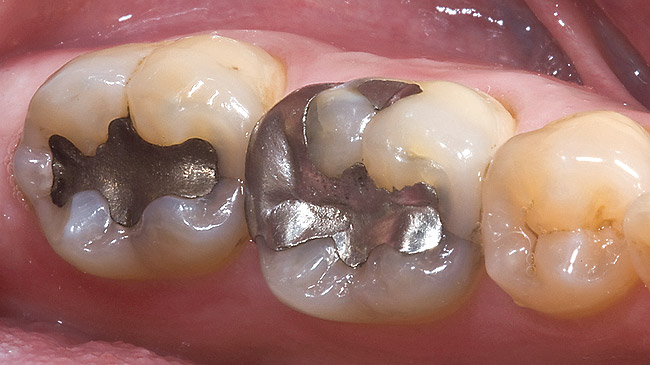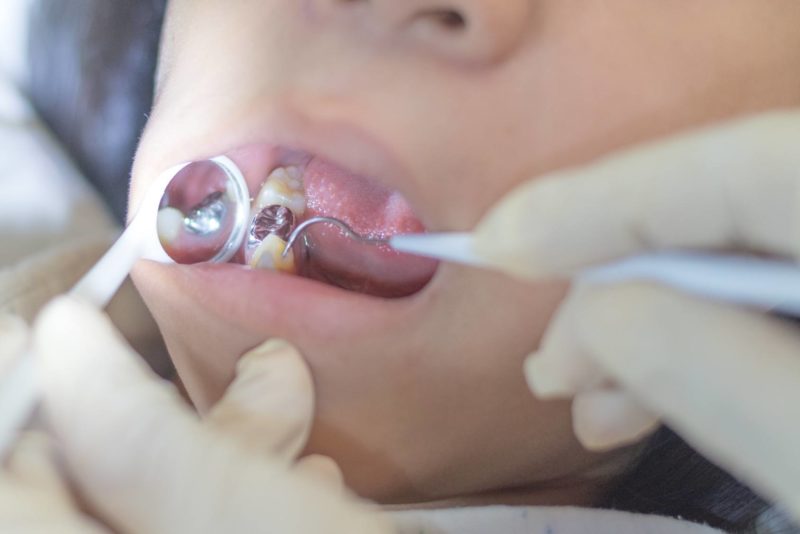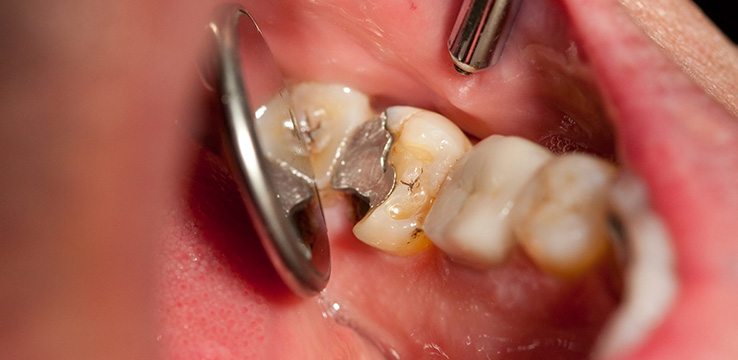Silver Dental Filling

Silver dental fillings, also known as amalgam fillings, have been a cornerstone in restorative dentistry for over a century. The use of silver amalgam as a filling material was first introduced in the early 19th century, and it quickly gained popularity due to its durability, ease of use, and affordability. However, in recent years, concerns over the potential health and environmental impacts of silver amalgam have led to a decline in its use, with many dentists and patients opting for alternative materials such as composite resin or ceramic.
Introduction to Silver Amalgam
Silver amalgam is a mixture of mercury, silver, tin, and other metals. The mercury in amalgam serves as a binding agent, holding the other components together to create a strong and durable filling material. When amalgam is first mixed, it is soft and pliable, allowing it to be easily packed into a prepared tooth cavity. As it sets, the amalgam hardens, providing a long-lasting restoration that can withstand the forces of chewing and biting.
Advantages of Silver Amalgam
Despite the controversy surrounding silver amalgam, it still offers several advantages that have contributed to its enduring popularity. One of the primary benefits of amalgam is its exceptional durability. Amalgam fillings can last for 10 to 20 years or more, making them a cost-effective option for patients. Additionally, amalgam is highly resistant to wear and tear, and it can withstand the forces of chewing and biting without deforming or breaking down.
Another advantage of silver amalgam is its ease of use. Amalgam is a relatively simple material to work with, and it can be easily packed into a tooth cavity using a variety of techniques. This makes it a favorite among dentists, who appreciate the speed and efficiency with which amalgam fillings can be placed.
Disadvantages of Silver Amalgam
While silver amalgam has its advantages, it also has several disadvantages that have led to a decline in its use. One of the primary concerns surrounding amalgam is the presence of mercury, a toxic substance that has been linked to a range of health problems. Although the levels of mercury released from amalgam fillings are generally considered to be safe, some patients may still be concerned about the potential risks.
Another disadvantage of silver amalgam is its aesthetic appeal. Amalgam fillings are silver in color, which can be noticeable in visible teeth. This can be a concern for patients who are self-conscious about their appearance, and it may lead them to opt for alternative materials that are more aesthetically pleasing.
Alternatives to Silver Amalgam
In recent years, a range of alternative materials has emerged to challenge the dominance of silver amalgam. One of the most popular alternatives is composite resin, a tooth-colored material that is made from a mixture of plastic and glass particles. Composite resin is highly versatile, and it can be used to create a range of restorations, from small fillings to large crowns.
Another alternative to amalgam is ceramic, a strong and durable material that is made from a variety of metal oxides. Ceramic is highly resistant to wear and tear, and it can be used to create a range of restorations, from crowns to bridges.
Conclusion
Silver dental fillings have been a cornerstone in restorative dentistry for over a century, offering a durable and cost-effective solution for patients with tooth decay. However, concerns over the potential health and environmental impacts of silver amalgam have led to a decline in its use, with many dentists and patients opting for alternative materials such as composite resin or ceramic. As the dental industry continues to evolve, it is likely that we will see a range of new materials emerge to challenge the dominance of traditional silver amalgam.
Frequently Asked Questions
What is silver amalgam made of?
+Silver amalgam is a mixture of mercury, silver, tin, and other metals. The mercury in amalgam serves as a binding agent, holding the other components together to create a strong and durable filling material.
Is silver amalgam safe?
+While the levels of mercury released from amalgam fillings are generally considered to be safe, some patients may still be concerned about the potential risks. It is essential to discuss any concerns with a dentist, who can provide personalized advice and guidance.
What are the alternatives to silver amalgam?
+Some of the alternatives to silver amalgam include composite resin, ceramic, and gold. These materials offer a range of benefits, including improved aesthetics and reduced toxicity. It is essential to discuss the options with a dentist, who can provide personalized advice and guidance.
Step-by-Step Guide to Getting a Silver Amalgam Filling
Step 1: Preparation

The first step in getting a silver amalgam filling is preparation. The dentist will numb the tooth and surrounding area using a local anesthetic, and then remove any decay or damaged tooth structure using a drill or other instrument.
Step 2: Mixing the Amalgam

Once the tooth is prepared, the dentist will mix the silver amalgam. This involves combining the mercury, silver, tin, and other metals in the correct proportions, and then mixing them together to create a uniform paste.
Step 3: Placing the Filling
The next step is to place the filling. The dentist will pack the amalgam into the prepared tooth cavity, using a variety of techniques to ensure that it is properly shaped and contoured.
Step 4: Shaping and Polishing
Once the filling is in place, the dentist will shape and polish it to create a smooth, even surface. This helps to prevent any rough edges or surfaces that could irritate the surrounding tissues.
Expert Insights
Silver amalgam has been a cornerstone in restorative dentistry for over a century, offering a durable and cost-effective solution for patients with tooth decay. However, concerns over the potential health and environmental impacts of silver amalgam have led to a decline in its use, with many dentists and patients opting for alternative materials such as composite resin or ceramic.
As a dentist, it is essential to stay up-to-date with the latest developments and advancements in dental materials and techniques. This includes understanding the benefits and limitations of silver amalgam, as well as the alternatives that are available.
